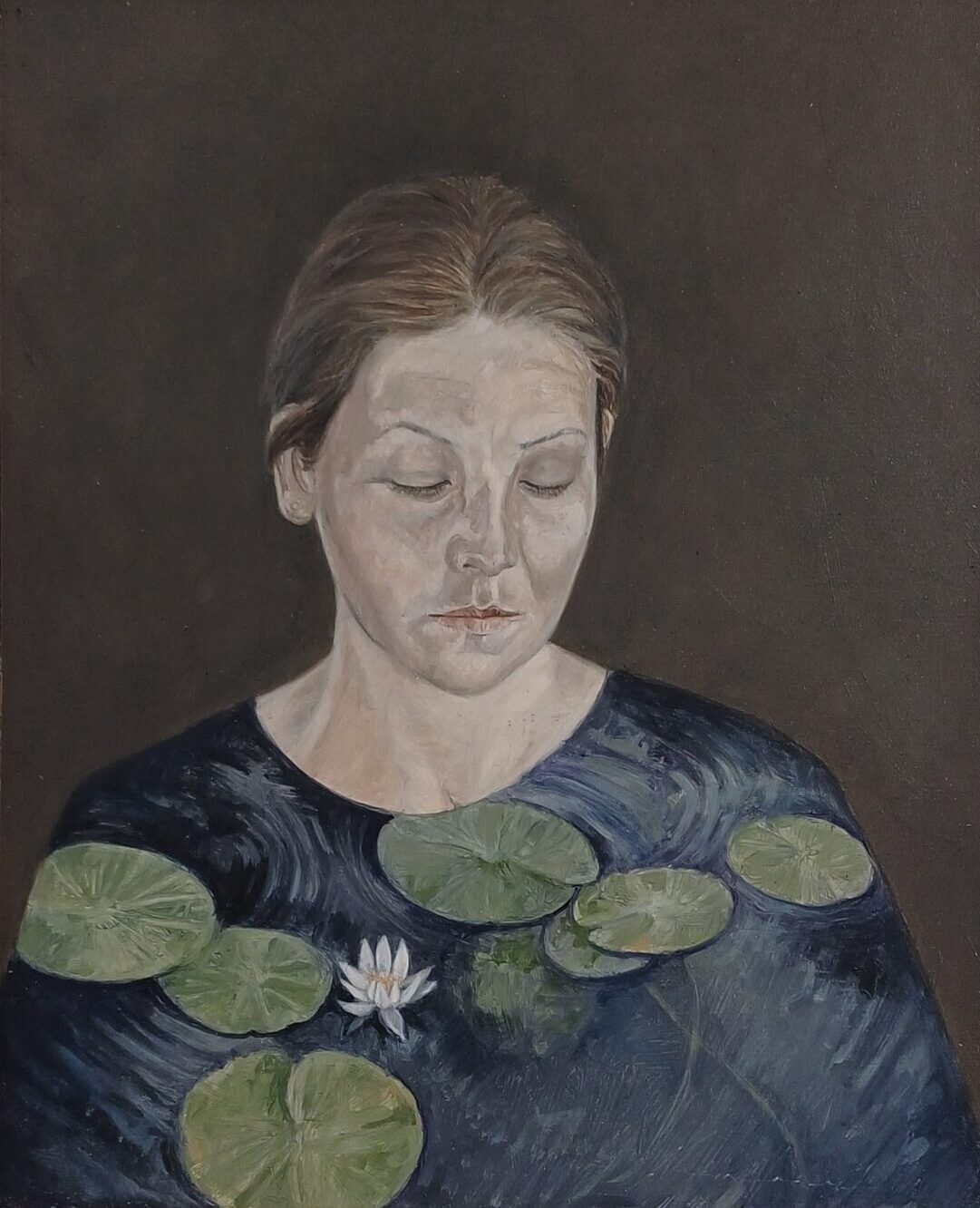The concept of the Inner Sanctuary is profoundly intrinsic to the Bahá’í teachings, where the pursuit of God transcends mere external rituals and propels the seeker towards an inner exploration. It beckons individuals to navigate the intricate pathways of their hearts and minds in search of divine essence. One might pose a playful question here: have you ever considered that the most profound journey you undertake may not be to distant lands, but rather into the depths of your own being? This perspective incites curiosity and invites contemplation about the challenges we face in recognizing the divine presence within ourselves.
To comprehend the significance of the Inner Sanctuary, one must first delve into the foundational principles of Bahá’í philosophy—which emphasizes the oneness of humanity and the unity of all religious teachings. Central to this belief is the assertion that every individual possesses the inherent capacity for spiritual development. Bahá’u’lláh, the founder of the Bahá’í Faith, elucidates that through introspection and contemplation, one can foster a connection with the Almighty. Thus, the Inner Sanctuary becomes not merely a metaphorical space but a tangible reality within the heart of each believer.
The quest for God within necessitates a multifaceted approach. First and foremost, one must engage in regular spiritual practices that facilitate mindfulness and self-reflection. Practices such as prayer, meditation, and the reading of sacred texts serve as the conduits to accessing this Inner Sanctuary. The act of prayer, beyond mere supplication, can be interpreted as a dialogue with the divine—a moment to attune oneself to higher vibrations and foster a sense of spiritual attunement. While some may find solace in structured prayers, others may prefer personal expressions of devotion, affirming that the manner of seeking is as varied as the seekers themselves.
Moreover, the Bahá’í teachings provide a holistic framework that emphasizes the interdependence of material and spiritual dimensions. This duality challenges individuals to seek equilibrium between their worldly responsibilities and their spiritual undertakings. The Inner Sanctuary thus emerges as a space that reconciles external pressures with internal aspirations. Individuals are encouraged to embody virtues such as love, compassion, and humility, all of which cultivate an atmosphere conducive to divine revelation within.
Another critical element of realizing the Inner Sanctuary is the acknowledgement of the transformative power of service to others. Engaging in acts of altruism not only enhances one’s connection to the community but also serves to enrich the spiritual experience. This principle aligns with the Bahá’í vision of oneness; thus, it is through serving humanity that individuals may access a deeper understanding of their relationship with God. Yet, this presents a challenge: how does one sustain their inner light while facing the inevitable darkness that exists in the world? The resolution lies in anchoring oneself in the Inner Sanctuary and drawing strength from this sacred space.
As one embarks on this inward journey, obstacles may arise. Doubt, for instance, often shadows the seeker, leading to questions about worthiness and divine presence. However, Bahá’í teachings elucidate that doubt can also be a catalyst for deeper understanding. Each moment of uncertainty can lead to a heightened quest for knowledge and an exploration of one’s inner landscape. This dialectical process of questioning and seeking serves as a transformative experience, moving the individual closer to their Inner Sanctuary wherein the divine resides.
In this journey of self-discovery, the role of community cannot be overstated. Collective worship and the sharing of spiritual insights create avenues for individuals to connect not only with one another but also with the divine. The Inner Sanctuary, therefore, extends beyond personal introspection; it is enriched by communal engagement, as believers navigate their spiritual paths together. This communal aspect fosters a spirit of support, allowing individuals to encourage one another in their pursuit of deeper understanding and spiritual awakening.
Furthermore, the implications of recognizing the Inner Sanctuary extend into the realm of social action. Individuals who are attuned to the divine presence within themselves are more likely to advocate for social justice, equality, and a more unified world. The understanding that God resides within incites a sense of responsibility—an awareness that our actions ripple into the fabric of society and affect the collective consciousness. Thus, cultivating one’s Inner Sanctuary becomes a noble endeavor, as it inherently contributes to the betterment of humanity.
As the journey progresses, reflection plays an indispensable role. Evaluating one’s experiences, emotions, and relationships deepens the understanding of the Inner Sanctuary. Engaging in reflective practices allows seekers to chart their spiritual progression and discern patterns that lead toward or away from their inner divinity. This ongoing evaluation holds profound implications for personal growth, enabling individuals to adapt and nurture their spiritual practices continually.
Ultimately, the teachings of Bahá’u’lláh beckon all seekers to traverse the landscape of their souls, unveiling the Inner Sanctuary that resides within. This sacred space holds the potential for profound connection with God, facilitating the realization of personal purpose and the embodiment of divine virtues. In facing the challenges and uncertainties of life, individuals can draw upon their Inner Sanctuary to find solace and guidance. As we ponder the playful question posed earlier, the inner journey indeed emerges as the most significant voyage of all—a journey towards transcending the self and uncovering the divine essence within. This quest for God within, often challenging yet incredibly rewarding, invites all to embark upon a lifelong journey of discovery, connection, and spiritual enlightenment.
